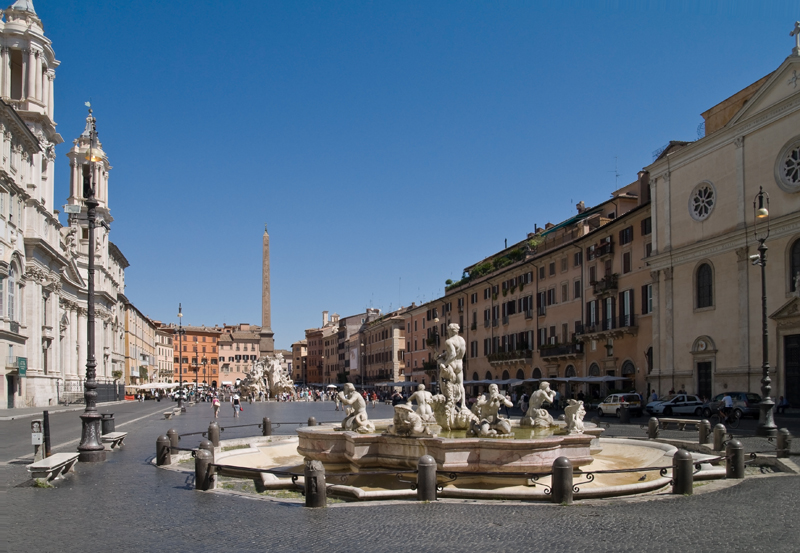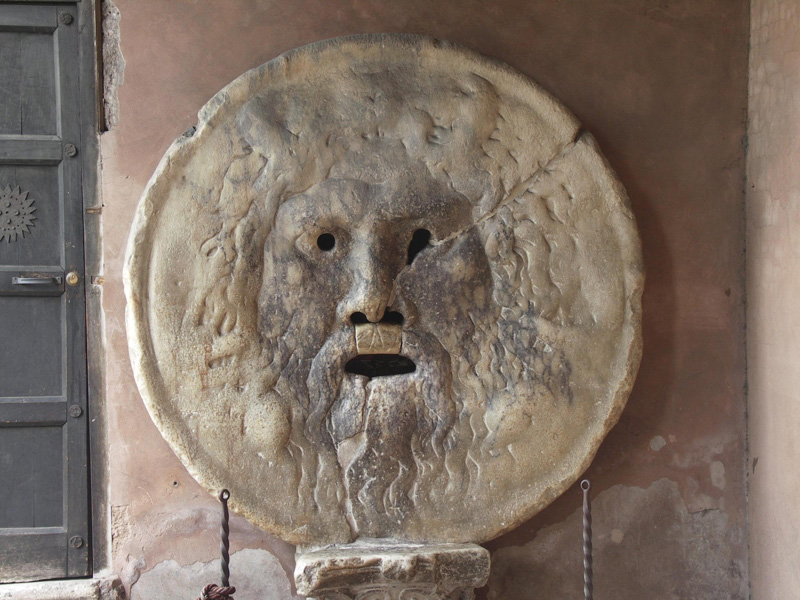
|
Piazza Navona
Navona Square, the most beautiful baroque square in Rome, sits on the ancient ring of the Stadium of Domitian ? also known as Circus Agonalis ? built in 85 AD to host Greek athletic events, agones, with the typical rectangular shape of the arena with its curved northern side.
In the 16th century, the square was enriched with the fountains donated by Pope Gregory XIII Boncompagni; then, Pope Innocent X ordered the construction of the majestic Pamphili Palace on the land owned by his family.
The Square was meant to celebrate the prestige of the Pamphili family, within a sort of competition with the Barberini and Farnese families, so Innocent X ordered the construction of the palace and the decoration of the square with very valuable works. Some pre-existing buildings were pulled down and the main architects of the time fought very hard to get the job.
A very significant role in the selection of the artists was played by the powerful Donna Olimpia Maidalchini, who decided to give the job to Bernini. During the second half of the 17th century, Innocent X ordered the construction of a fountain in the middle of the square, giving the job to Borromini at first. Then, the job was given to Gian Lorenzo Bernini, who enthralled the Pope with a silver model of his fountain.
The Fountain of the Four Rivers (Fontana dei Quattro Fiumi), unveiled in 1651, is definitely one of the most beautiful and famous monuments in baroque Rome and represents the four major rivers known at the time. The Ganges, Nile, Danube and Plate: four white marble, 5-metre high statues located on travertine juts. The Nile, by G.A. Fancelli, has its head draped because its source was unknown at the time. However, the population thought that it expressed Bernini?s contempt for the nearby church of Sant?Agnese in Agone, designed by his rival Borromini, as the Rio de la Plata?s arm raised to protect its head, by Francesco Baratta, ironically expressed the artist?s fear that the church may collapse.
However, these rumours are totally groundless because Bernini finished the fountain before Borromini started the church. Finally, the Ganges is by Claude Poussin, while the Danube is by Antonio Raggi.
After 1870, when Rome became the Capital of Italy, the square was paved with the typical sampietrini and equipped with the central humped pavement: thus, the square became convex.
|

















 Email
Email